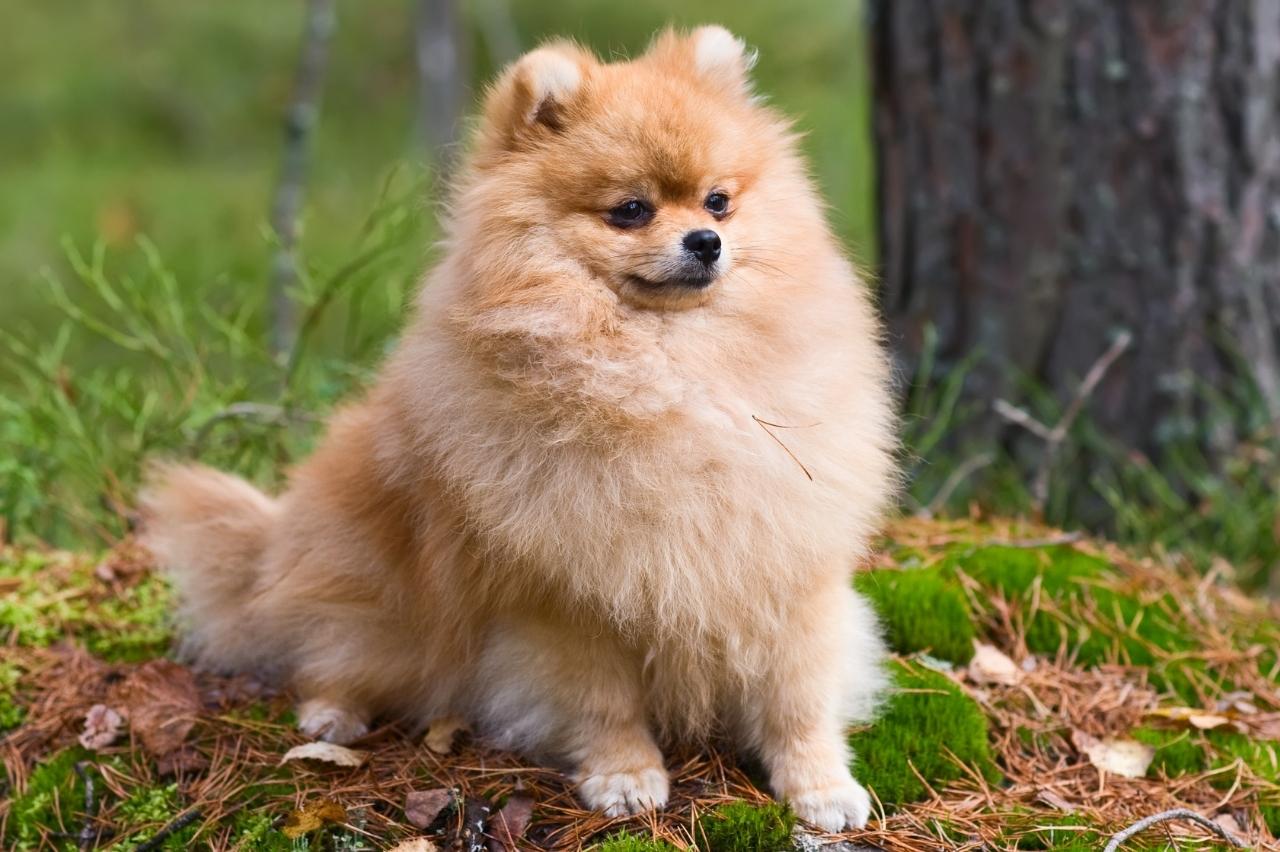 Shutterstock
Shutterstock
Long before the age of Instagram-famous pups and doggy spa days, certain dog breeds lived lives of real royal luxury. From palace corridors to throne room laps, these four-legged favorites weren’t just pets—they were confidants, status symbols, and, sometimes, divine beings in fur coats. Whether gifted between emperors, featured in regal portraits, or lounging beside rulers during national affairs, these breeds were adored by monarchs from every corner of the globe. They slept on silk, dined better than most peasants, and likely gave side-eye worthy of a royal decree.
Pekingese
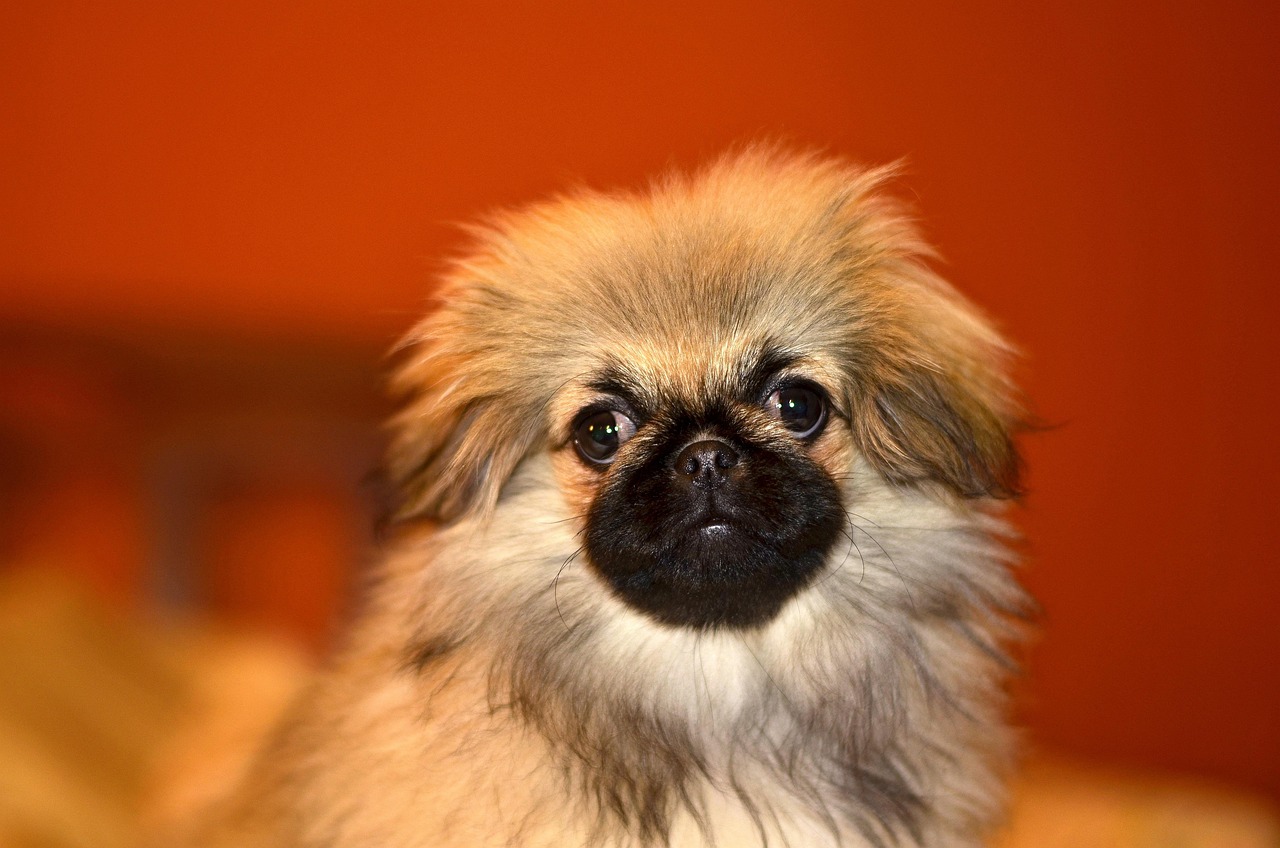 Shutterstock
Shutterstock
Bred for centuries in ancient China, the Pekingese were considered sacred and exclusive to the Imperial Palace. These dogs were often carried in the sleeves of Chinese royals and were so highly regarded that commoners were expected to bow in their presence. Their lion-like mane and confident strut matched the grandeur of Chinese emperors. Stealing one of these dogs was punishable by death, which tells you just how seriously this breed’s royal status was taken. Pekingese carry themselves like they’re still owed a throne and a personal food taster to this day.
Cavalier King Charles Spaniel
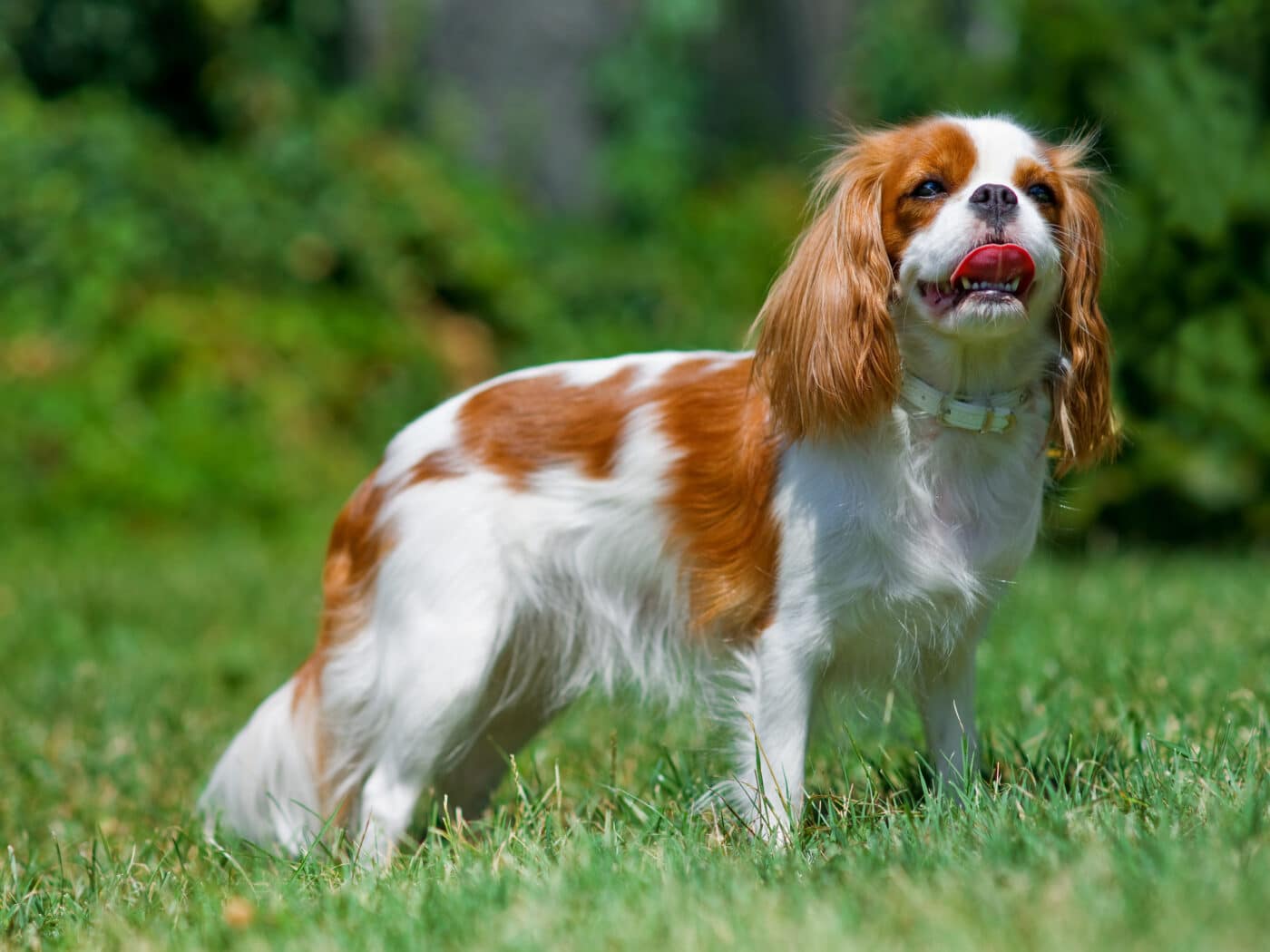 Shutterstock
Shutterstock
This breed is practically the poster pup for royal favoritism. The Cavalier King Charles Spaniel was a beloved companion of King Charles II of England. He was so obsessed with them that he reportedly let them roam freely through the royal court—even during official meetings. Their gentle demeanor and adorable looks made them a staple in English nobility, especially among court ladies. They were often featured in royal portraits, lounging in luxury and dripping with affection. If dogs could hold courtly titles, these guys would’ve been dukes and duchesses.
Saluki
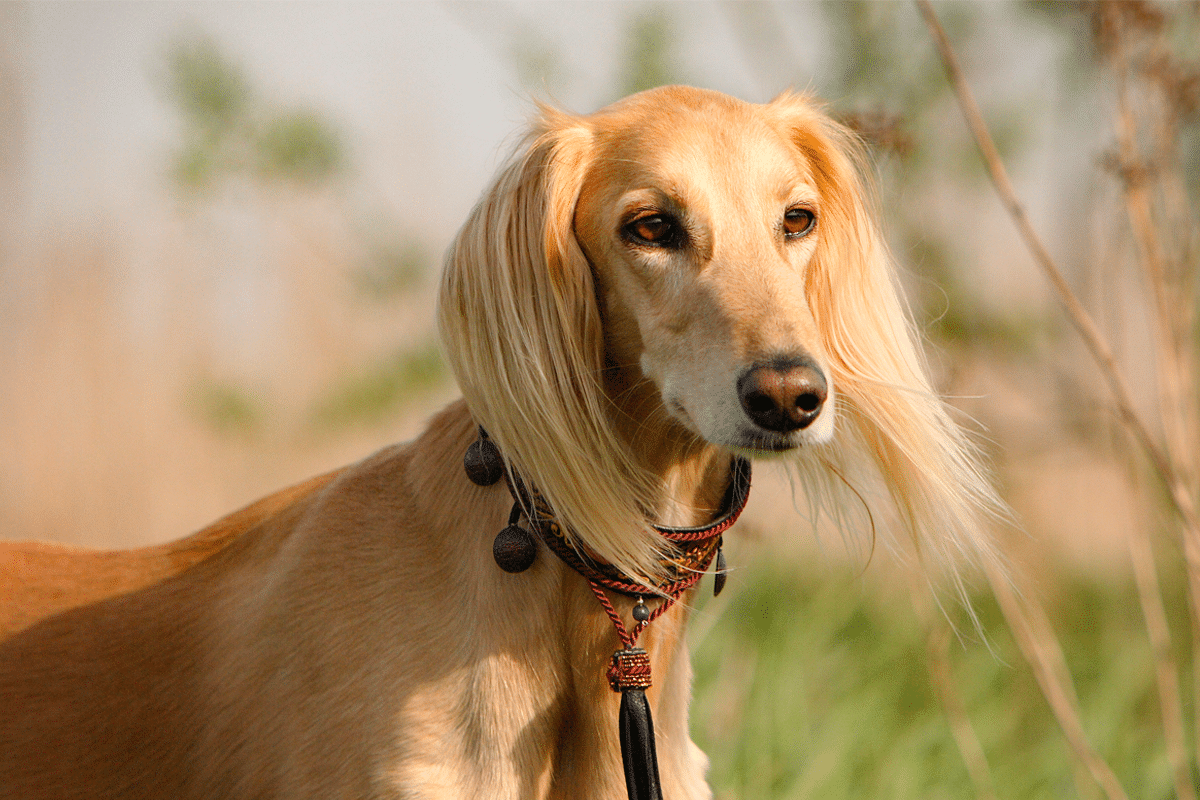 Shutterstock
Shutterstock
Often considered one of the oldest dog breeds, the Saluki was adored by royalty in ancient Egypt and Persia. These graceful hounds were treated like living treasures, sometimes mummified and buried alongside pharaohs. Their slender build and regal stride fit right in with the opulence of royal courts and sacred temples. Middle Eastern nobility used them for hunting and companionship, and they were often swaddled in fine silks after a good run. Salukis are proof that looking fabulous and being fast are not mutually exclusive.
Shih Tzu
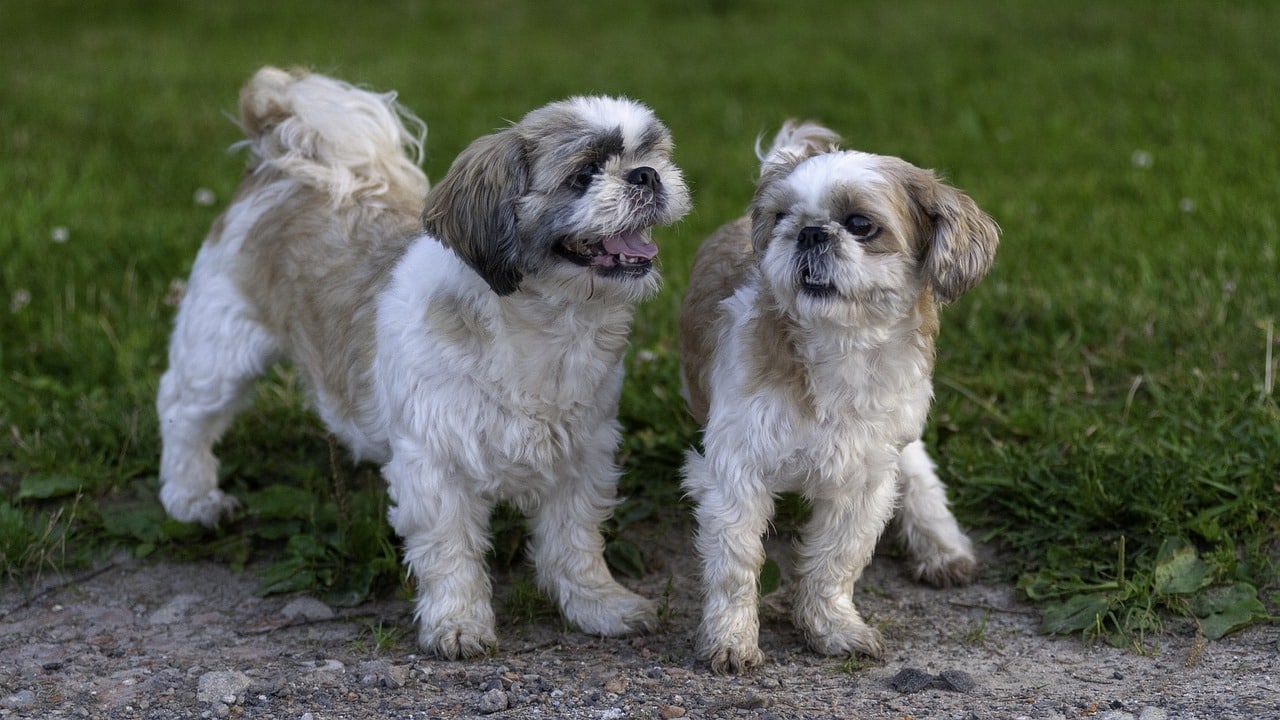 Shutterstock
Shutterstock
The Shih Tzu, or “lion dog,” was bred to warm the laps of Chinese emperors and empresses. Exclusively kept within the Forbidden City, these dogs were pampered beyond belief—brushed daily, hand-fed, and sometimes given their own royal attendants. They were considered divine creatures and gifted only to visiting royals or foreign diplomats of the highest status. Their long flowing coats and slightly sassy expressions scream, “I used to run this palace.” Shih Tzus haven’t forgotten their heritage, either—they still demand royal treatment from modern-day humans.
Lhasa Apso
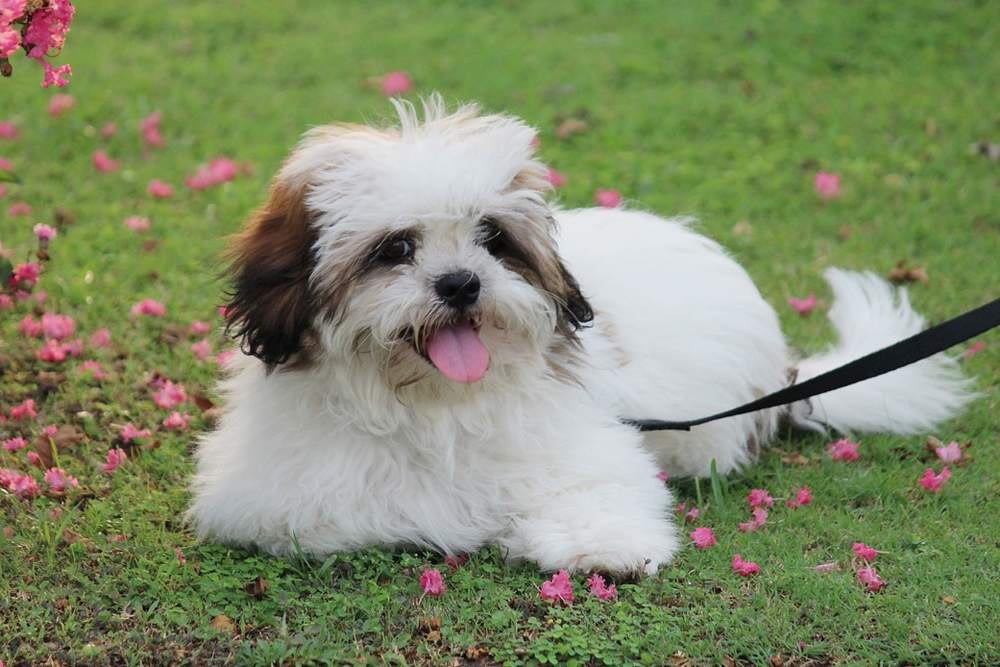 Shutterstock
Shutterstock
In Tibet, the Lhasa Apso was seen as a sacred sentinel, bred to guard temples and monasteries—often owned by nobility and spiritual leaders alike. This little watchdog was believed to bring prosperity and was never sold, only gifted as a sign of immense honor. Its floor-length coat and confident gaze resembled a furry lion, symbolizing power and protection. Tibetan nobility viewed the Lhasa Apso as both spiritual and royal, making them the ultimate VIP companion. Today, they may nap on your couch, but they still dream of guarding palaces.
Papillon
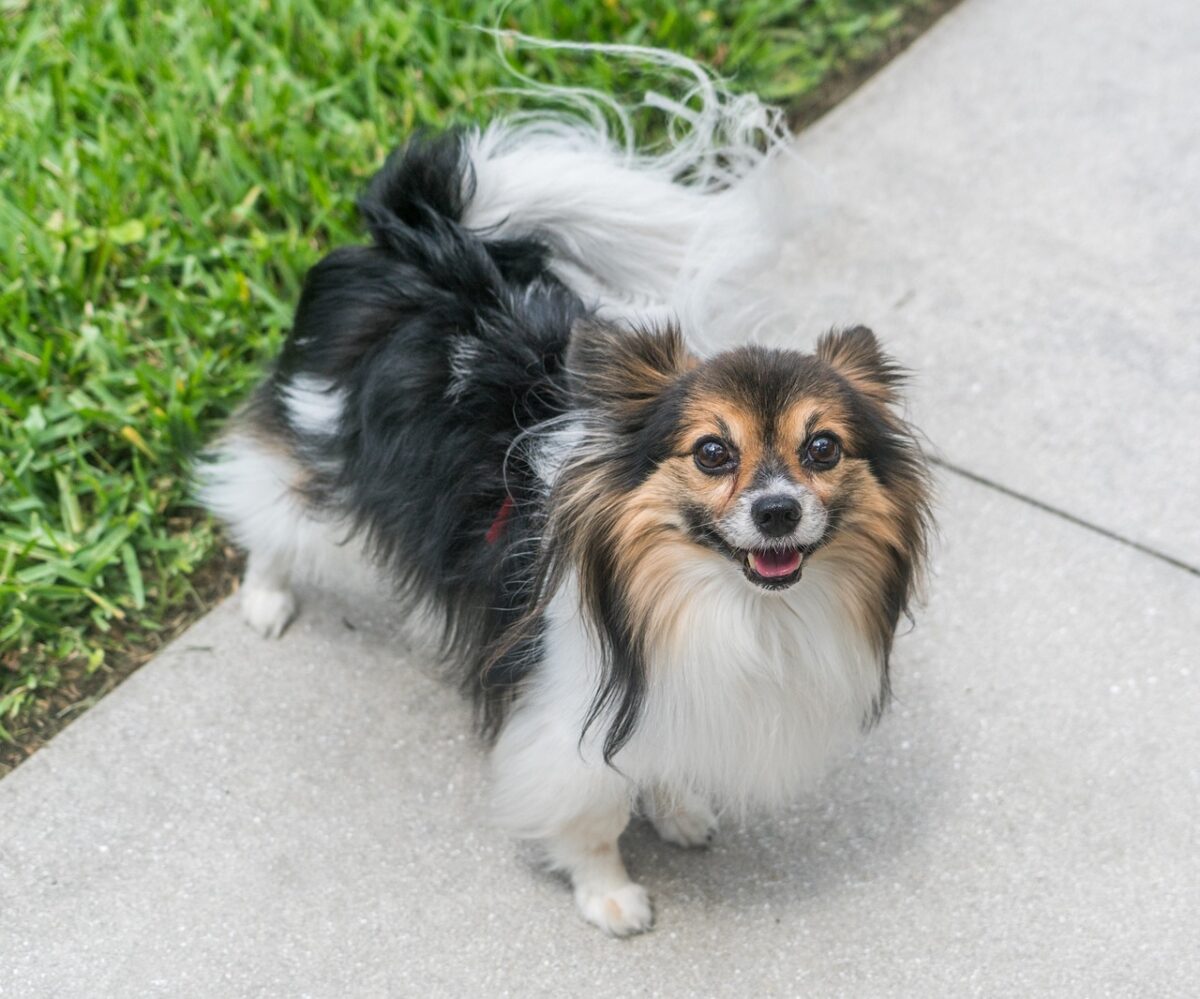 Shutterstock
Shutterstock
This dainty breed fluttered into European courts during the Renaissance, especially in France and Spain. The Papillon, named for its butterfly-like ears, was a favorite of noblewomen and even appeared in portraits with Marie Antoinette. Don’t let their petite frame fool you—these dogs were pampered fashion statements in velvet-lined baskets. Their alertness and intelligence also made them clever companions in court life. Papillons proves that being small doesn’t mean you don’t deserve a golden pillow and a side of gossip.
Japanese Chin
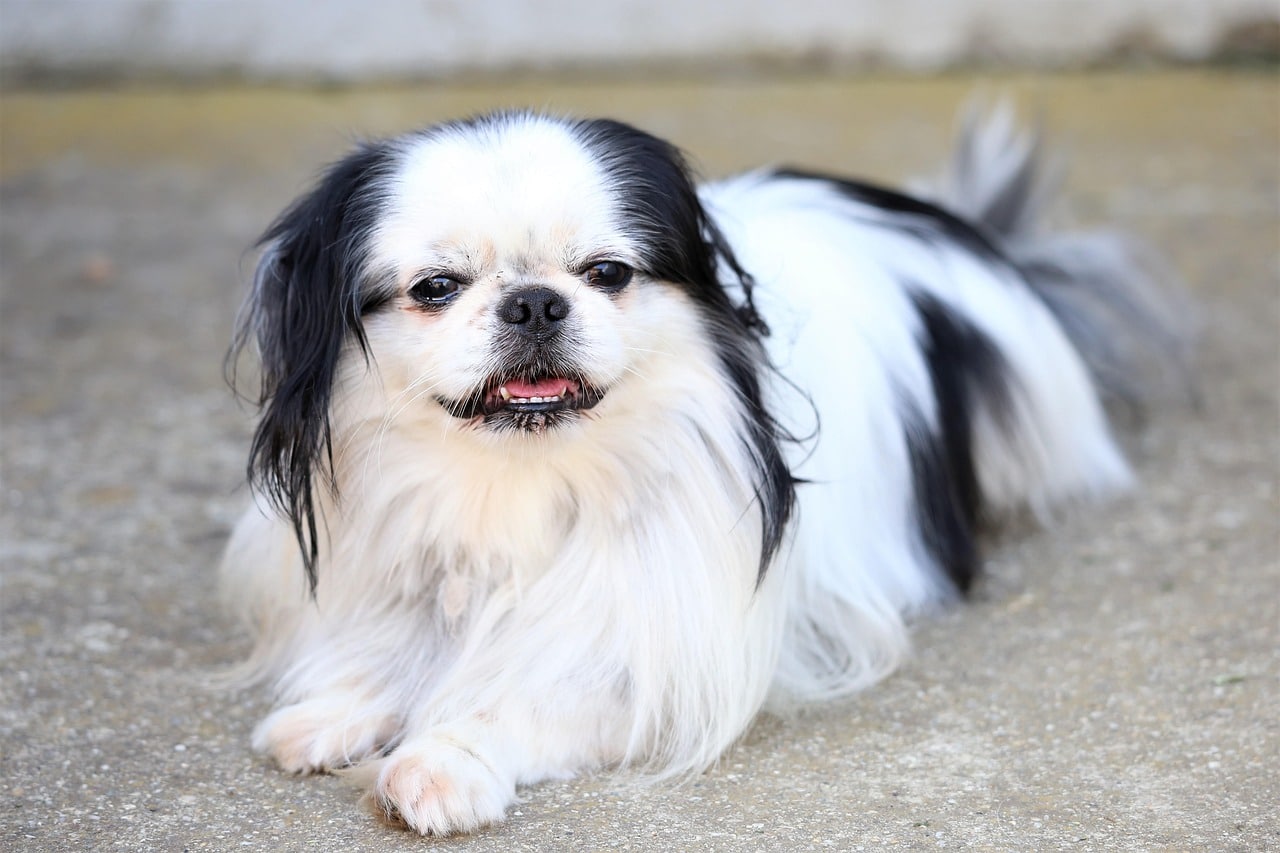 Shutterstock
Shutterstock
Known for their delicate grace and feline-like behavior, Japanese Chins were adored by the Japanese imperial family and aristocracy. They were treated as prized possessions and cultural symbols of refinement and elegance. Royal families often carried them in their robes, and these dogs were given a level of care comparable to that of royalty themselves. They weren’t walked—they were paraded. Even now, they carry an air of being too classy for regular dog parks.
Pomeranian
 Shutterstock
Shutterstock
The Pomeranian shot to fame after Queen Victoria fell in love with the breed and began breeding smaller versions. She even brought one along to her deathbed—now that’s devotion. Once used as sled dogs in their larger form, these pint-sized puffballs became fashion accessories for royals and upper-class ladies. Their fox-like face, fluffy coats, and spirited nature made them irresistible in royal circles. Pomeranians may be tiny, but they have the egos—and drama—of royalty built right in.
Afghan Hound
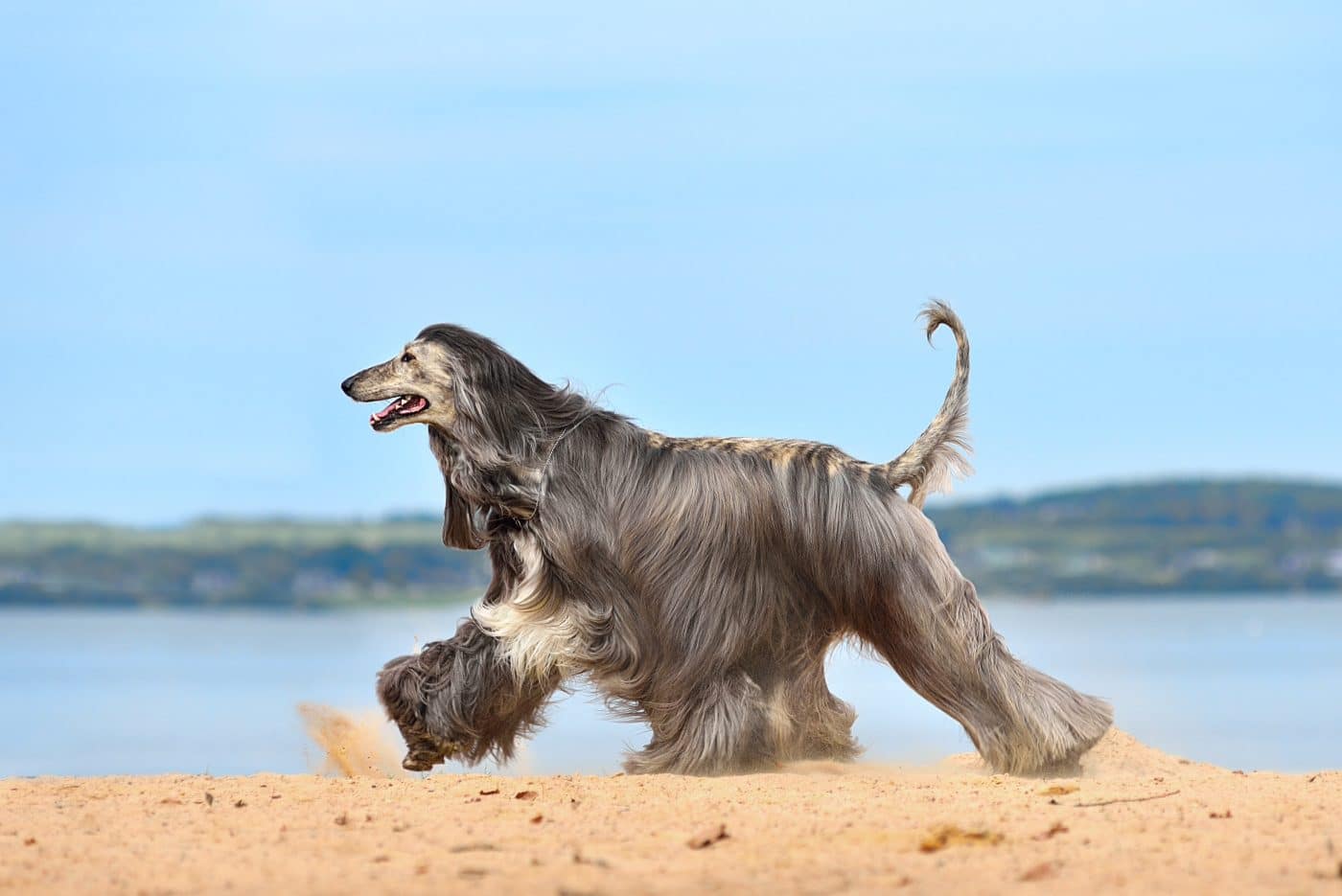 Shutterstock
Shutterstock
With their dramatic coat and aloof elegance, Afghan Hounds were favored by royalty in the Middle East and Central Asia. These sighthounds were used for hunting in royal expeditions and lived in luxury when not showing off their stunning looks. Their flowing locks and graceful gait made them natural showpieces in palaces and royal camps alike. Afghan Hounds don’t just walk—they float with judgment. You knew you’d made it if you owned one of these dogs.
Basenji
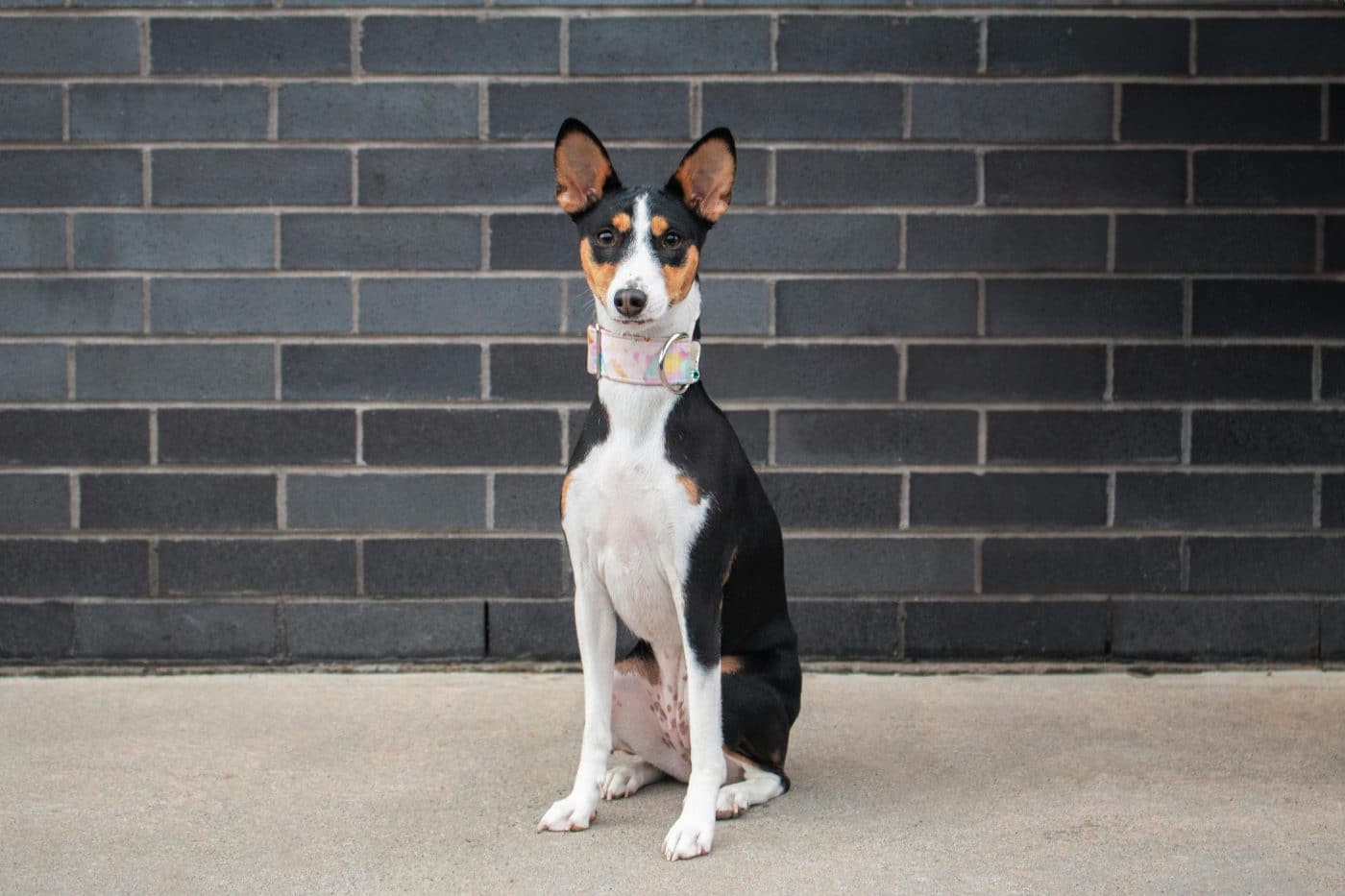 Shutterstock
Shutterstock
The barkless Basenji was cherished in ancient African kingdoms, particularly in Central Africa and by the pharaohs of Egypt. Their silence, cleanliness, and independence made them perfect royal companions—and, honestly, no royal wants a needy dog. These elegant dogs were often presented as exotic gifts to monarchs and tribal leaders. Their quiet intelligence and unique vocalizations gave them a mystique that fit in perfectly with sacred rituals and regal ambiance. Today, they’re still stylish minimalists who prefer to keep things dignified.
Akita
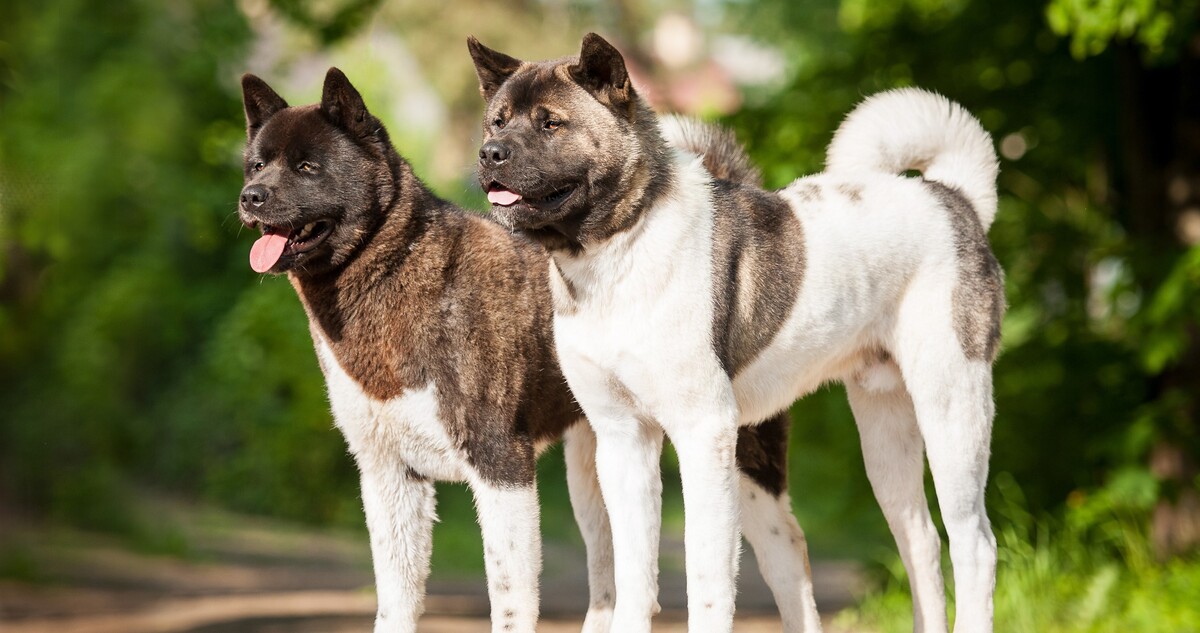 Shutterstock
Shutterstock
In feudal Japan, the Akita symbolized nobility, bravery, and protection. Royal families and samurai households kept Akitas as guardians and hunting partners. These dogs were so revered that when a child was born, families often received an Akita figurine as a wish for health and long life. Akitas are known for their loyalty and dignity—two traits that made them perfect companions for those in power. These dogs didn’t just follow royalty—they were royalty in fur.
Maltese
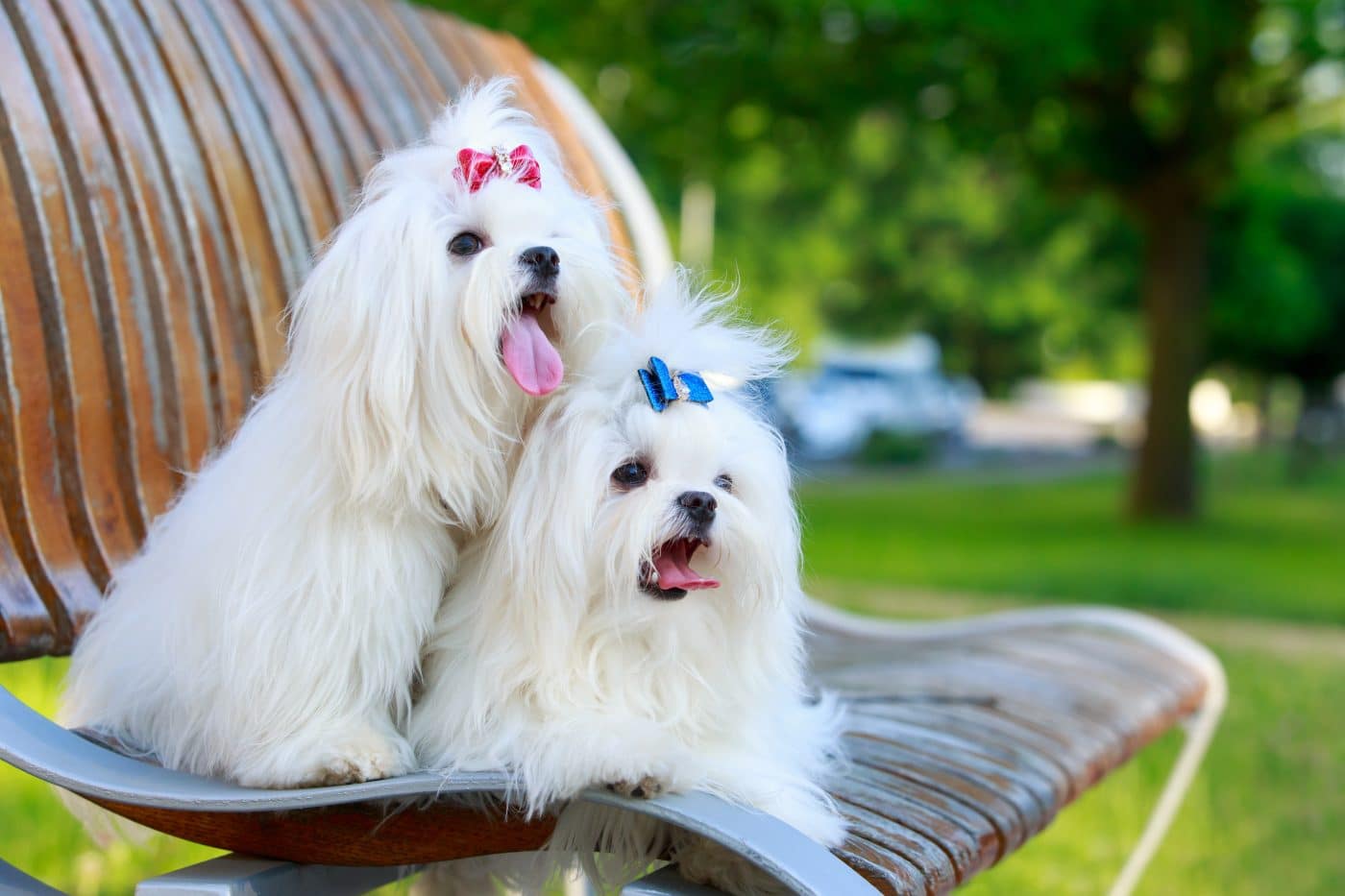 Shutterstock
Shutterstock
Dating back thousands of years, the Maltese were beloved by ancient Greek and Roman aristocrats and later by European royalty. These silky-coated lapdogs were seen as a sign of wealth and refinement, often adorned with jewels and ribbons. Queens and duchesses carried them around like living accessories, and they frequently appeared in classical paintings. Their charm and size made them ideal for palace life—less barking, more snuggling. Today’s Maltese still act like they’re waiting for a royal decree before doing anything.
Chow Chow
 Shutterstock
Shutterstock
A favorite of Chinese emperors, the Chow Chow is an ancient breed known for its lion-like mane and dignified demeanor. They served as palace guards, hunting dogs, and imperial companions. Empress Dowager Cixi of the Qing Dynasty reportedly kept dozens of them in the Forbidden City. Their aloof, independent nature made them perfect for people who liked their dogs as regal and self-sufficient. Even today, Chow Chows carry themselves like they’ve read every royal protocol manual twice.
Russian Borzoi
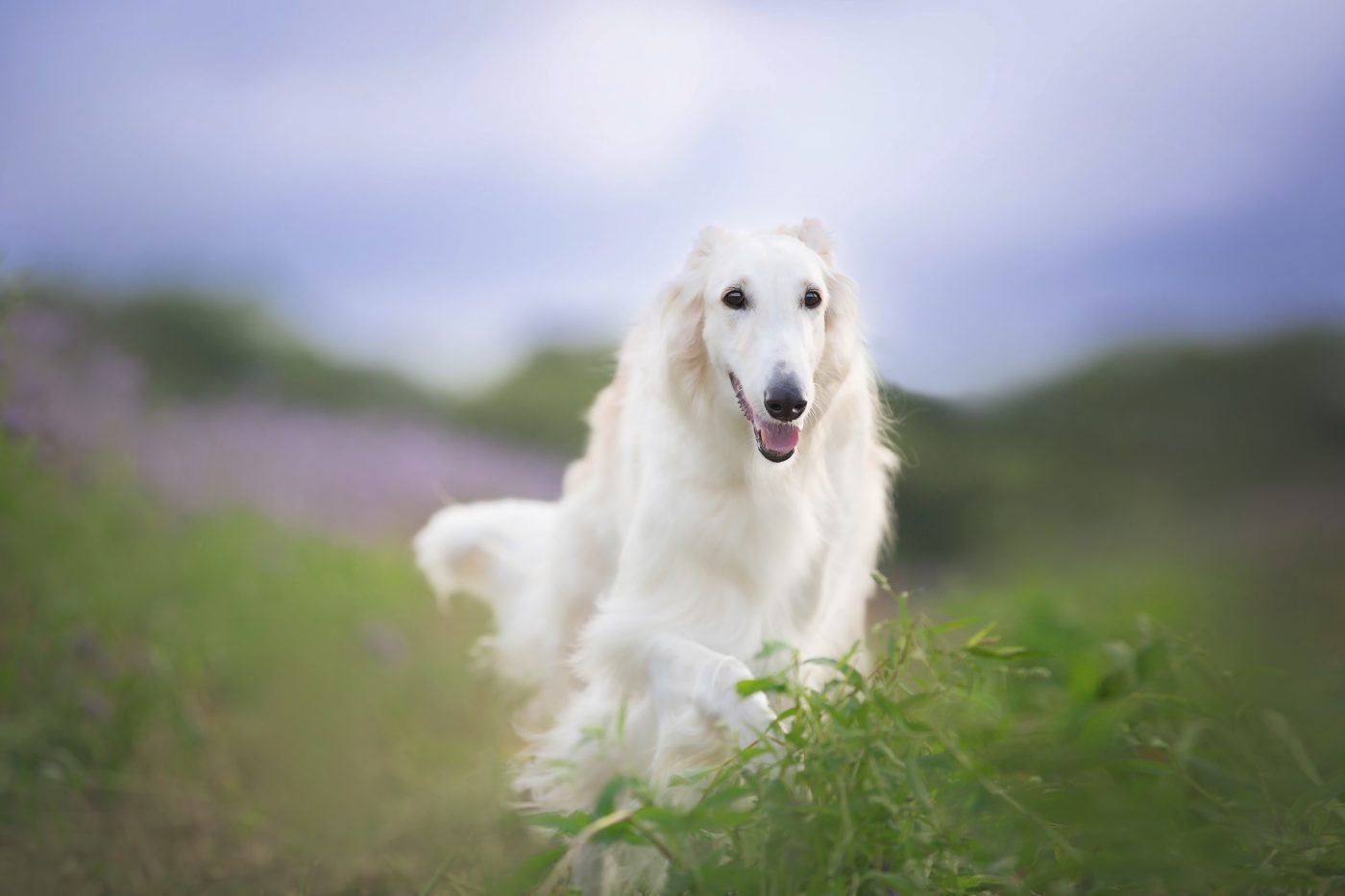 Shutterstock
Shutterstock
Originally bred for Russian aristocracy, the Borzoi—also known as the Russian Wolfhound—was a favorite of czars and noble families. Used for hunting wolves on royal estates, they were prized for both their beauty and athleticism. These dogs were often included in noble dowries and frequently featured in paintings and literature. Their long limbs and flowing coats gave them an ethereal presence in the halls of winter palaces. Borzois are quiet, graceful, and absolutely certain they are better dressed than you.
Great Pyrenees
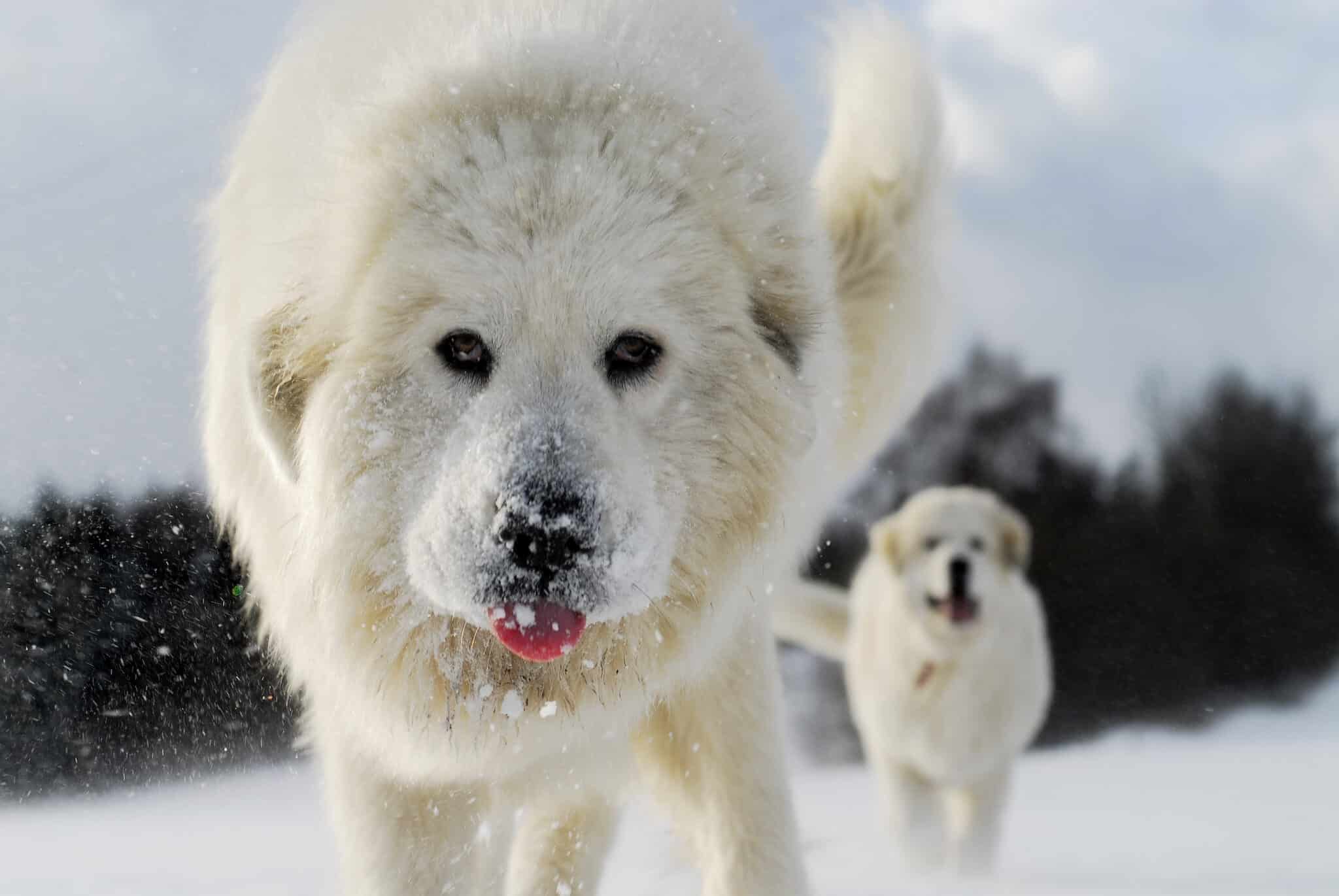 Shutterstock
Shutterstock
The Great Pyrenees were beloved by French nobility, especially King Louis XIV, who declared them the Royal Dog of France. Bred to guard sheep in the Pyrenees mountains, their majestic appearance and loyal temperament quickly won over the hearts of the elite. Their snowy coats and noble expressions made them ideal for guarding castles—and being admired. They’re brave, calm, and protective, like a fluffy knight standing watch over royal grounds. The only thing missing is a crown (though they’d probably eat it).
The Dogs That Ruled Before You Did
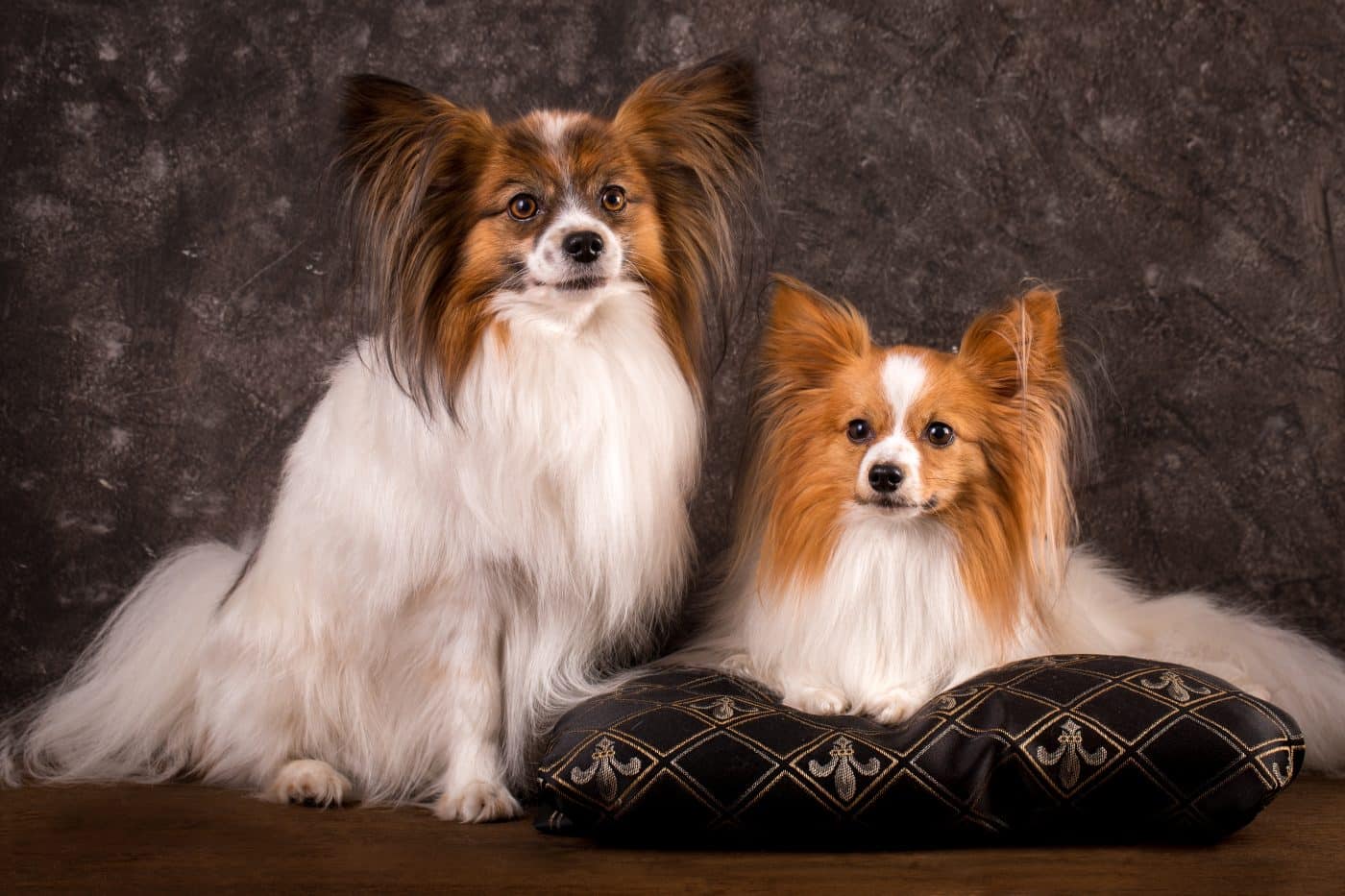 Shutterstock
Shutterstock
These dog breeds didn’t just sit in royal laps; they basically ruled the palaces themselves. From emperors to queens, these breeds were loved, pampered, and treated better than most distant cousins in the royal family. They’ve left behind a legacy of elegance, loyalty, and just the right amount of noble side-eye. So next time your pup insists on only drinking filtered water or refuses to sleep anywhere but the softest blanket, just remember—they might be channeling centuries of royal treatment. Your dog isn’t spoiled… they’re historically dignified.

 3 days ago
8
3 days ago
8

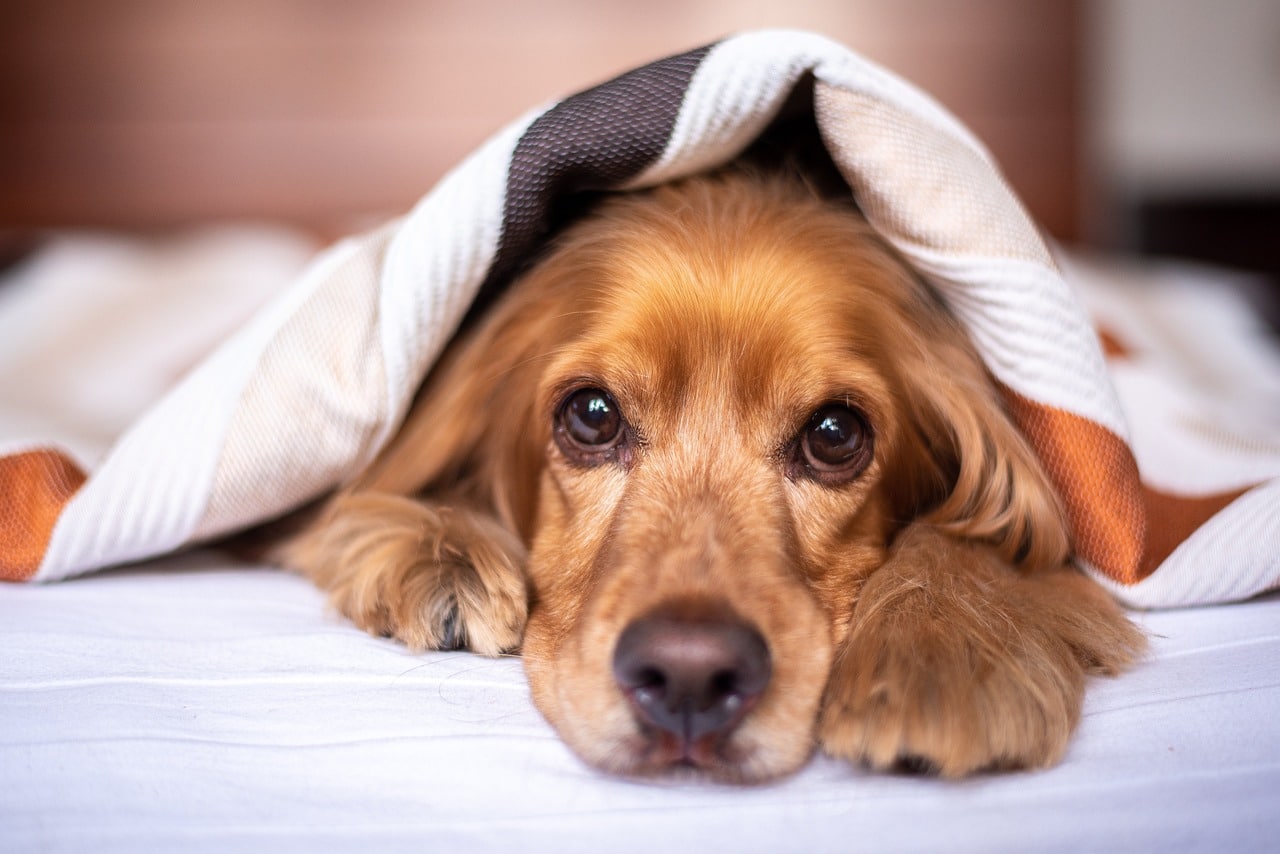
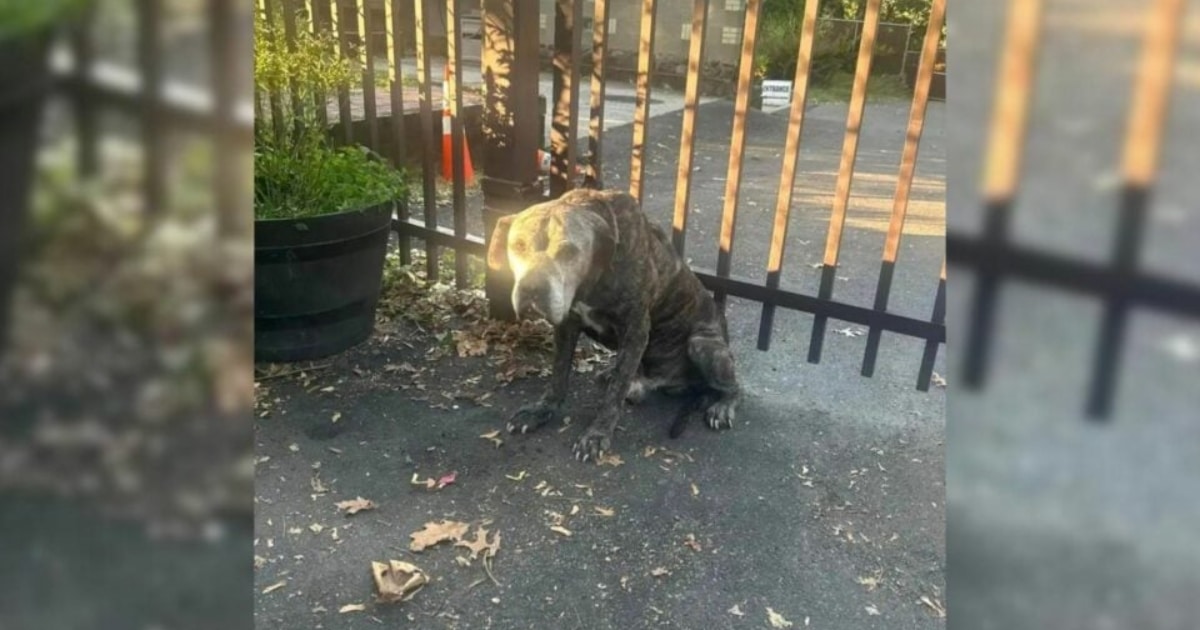

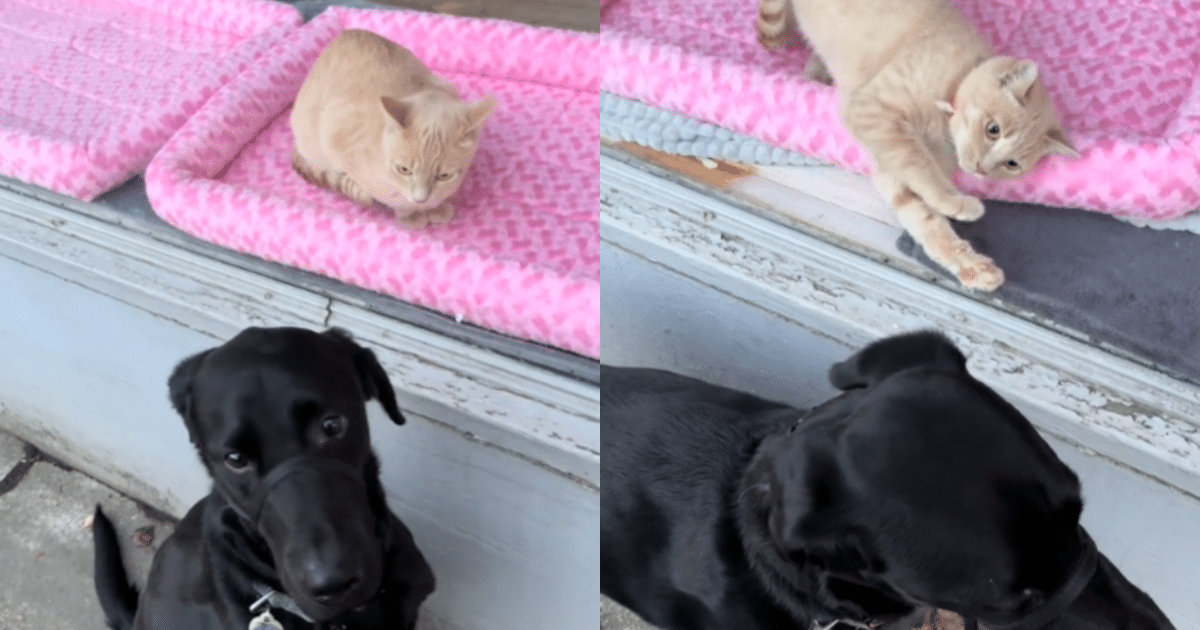
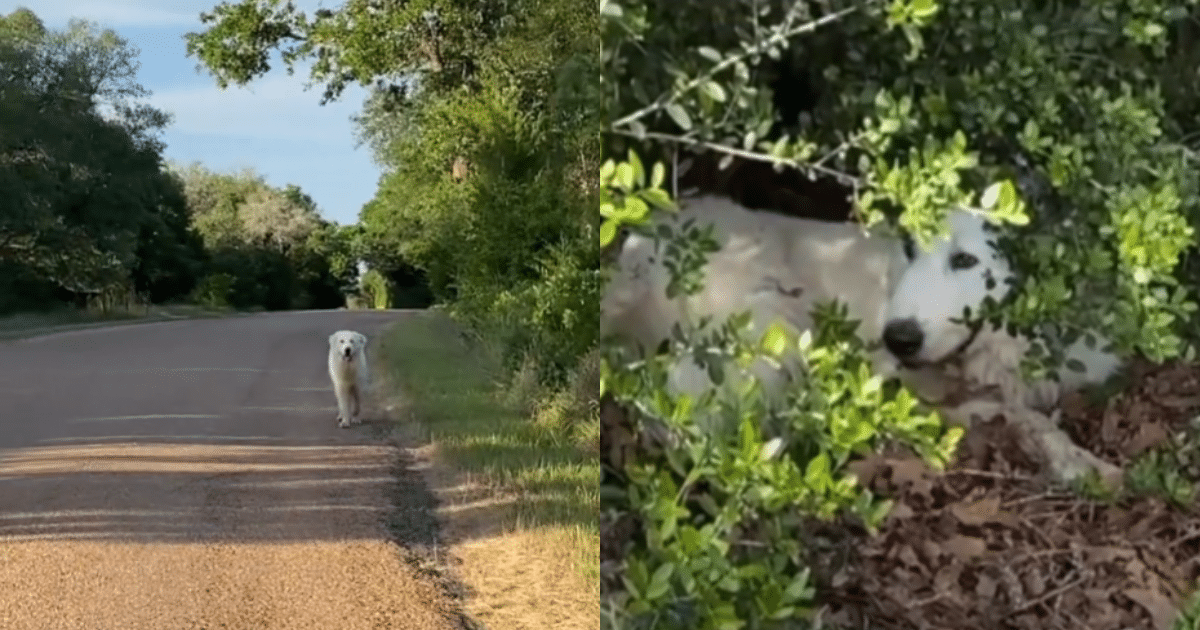



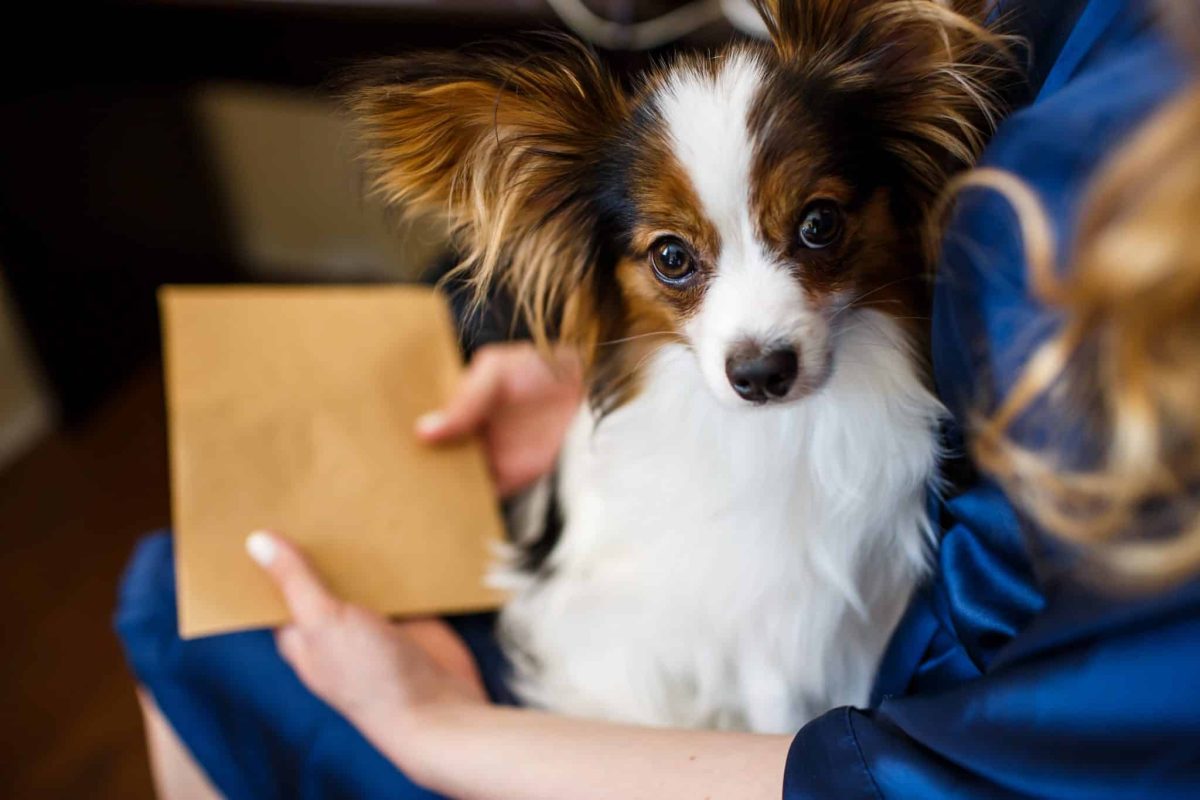







 English (US) ·
English (US) ·